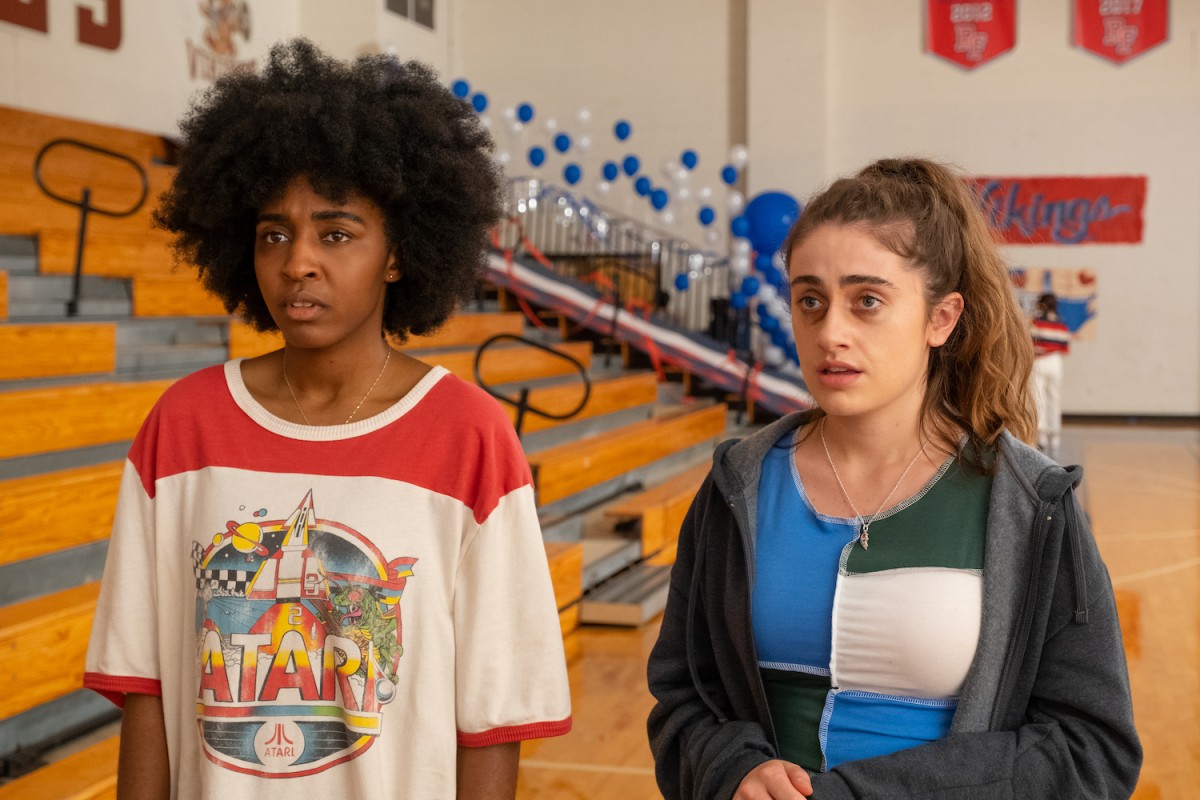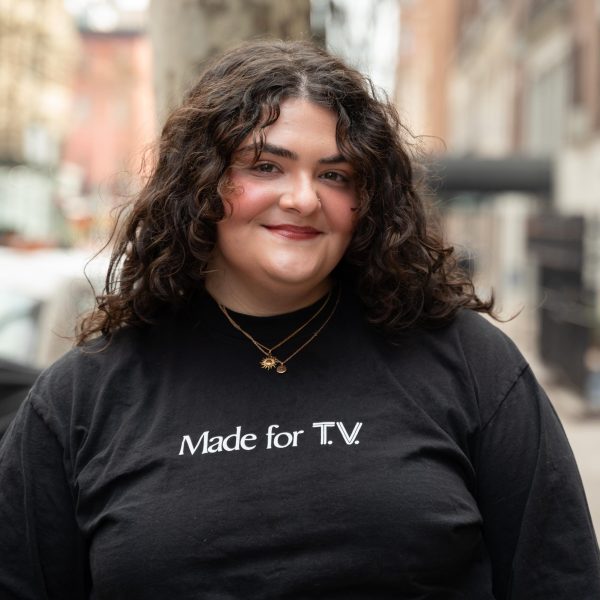The high school-teen-sex-comedy is a universally adored subgenre. Our infatuation with the caricatures and inflated archetypes that live within the genre allow us to see ourselves in these awkward, and often embarrassing stories.
However, these films fail to spotlight the queer high school experience without involving exclusively lowbrow stereotypes or forcing an attempt at a profound, heartfelt message about queerness. Other genres in mainstream media have experienced a trend in more productive LGBTQ+ representation; shows such as “Heartstopper” and “Sex Education” are praised for their portrayal of the queer high school experience, without resorting to reductive tropes. As the movement toward more conscious representation expands, is there room for a brazenly horny, goofy queer comedy next?
Director Emma Seligman and co-writer Rachel Sennott answered just this with “Bottoms.” The pair previously collaborated on Seligman’s debut feature, “Shiva Baby,” an adaptation of her senior thesis at NYU. During her time at the school, she and Sennott met Ayo Edebiri, creating a powerhouse team. This trifecta has ushered in the era of girl-failures and “ugly, untalented gays” with this new, campy comedy aimed at a Generation Z audience.
Life at Rockbridge Falls High School is bleak for the protagonists of “Bottoms,” best friends and queer outcasts Josie (Edebiri) and PJ (Sennott). Hellbent on leaving their virginities in high school, the pair can be found pining over and scheming to catch the eye of their crushes — hot cheerleaders Isabel (Havana Rose Liu) and Brittany (Kaia Gerber). This task proves to be daunting — Isabel is committed to her beau Jeff (Nicholas Galitzine), Rockbridge Falls’ star quarterback and meatheaded glory-boy, and spacey Brittany holds no identity outside of her friendship with Isabel.
Josie and PJ — with the help of fellow student Hazel (Ruby Cruz) — initiate a self-defense club for women, capitalizing on their false reputation as ex-juvenile delinquents to sweat on and tackle other girls. The pair must conceal their self-serving interest in the club from the other girls, while navigating the implications of their actions on the school’s culture, all in tandem with their quest for sex. The result is a bloody, dark chuckle fest during which punches and punchlines alike are delivered swiftly.
There is undeniable electricity among the ensemble in “Bottoms.” Edebiri and Sennott’s real-life rapport translates exceptionally through their characters. Josie’s awkward yet endearing geekiness is jarring next to PJ’s raunchy rashness, resulting in many jocular exchanges throughout the film.
The dynamic among the fight club’s members is particularly enjoyable, especially the crazed interjections by Sylvie (Summer Joy Campbell), who reveals she’s only in the club to enact revenge against her stepfather, and Annie (Zamani Wilder), whose line about her body being owned by the government is abruptly hilarious. Marshawn Lynch’s portrayal of Mr. G, a questionable, but nonetheless hysterical — history teacher who signs on to advise the girls’ self-defense club — was shockingly superb, especially considering the story of his involvement with the film and how it allowed him to reconcile his past attitude towards his queer sister.
Cinematographer Maria Rusche pays respect to the classic teen comedy look while still imbuing the world of “Bottoms” with a sense of artificiality. Characters pop in oversaturated, Gen Z fashion against the suffocatingly cool-toned school, allowing the ridiculousness of the characters to jump at the audience. Long tracking shots of PJ and Josie walking down the hallway or sitting in class reveals the absurdity of the setting behind them. Football players are perpetually in uniform or learning in cages, and Mr. G is engrossed in a “Divorced and Happy” magazine while his students wreak havoc. Cheesy emotional montages, overdramatic fight sequences and busy, crowded frames give the film a sense of nostalgia for past cult classics, while simultaneously allowing each scene to feel fresh.
In all of its absurdity, “Bottoms” still retains a subversive message about high school culture. Here, women assume traits typically associated with masculinity. They tackle one another with gusto and proudly boast about sex. These characters represent a big departure from other forms of queer media, which historically portrays queer women as passive and pure.
It’s rare to see a queer-centric film where the coming-out arc is irrelevant, and where the plot exists past a short romantic interaction following two hours of buildup. “Bottoms” is a pioneer in its raw depiction of queer adolescence. The horny, grotesque humor that characterizes much of our teen media has been a space seldom shared by queer female leads.
Seligman reimagines familiar storylines from past films for a new audience, giving the gift of self-insertion to queer people everywhere.
Contact Dani Biondi at [email protected]
























































































































































